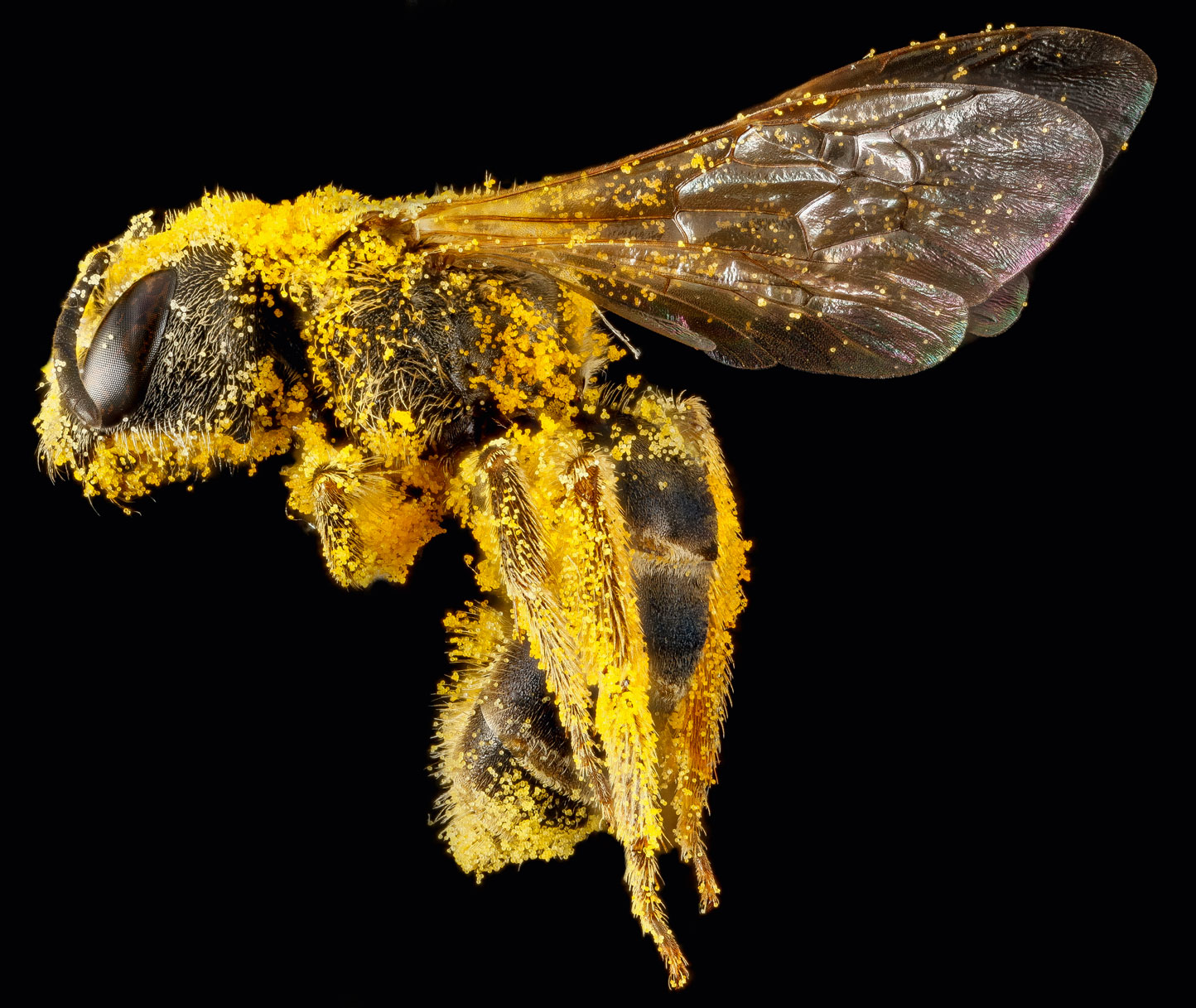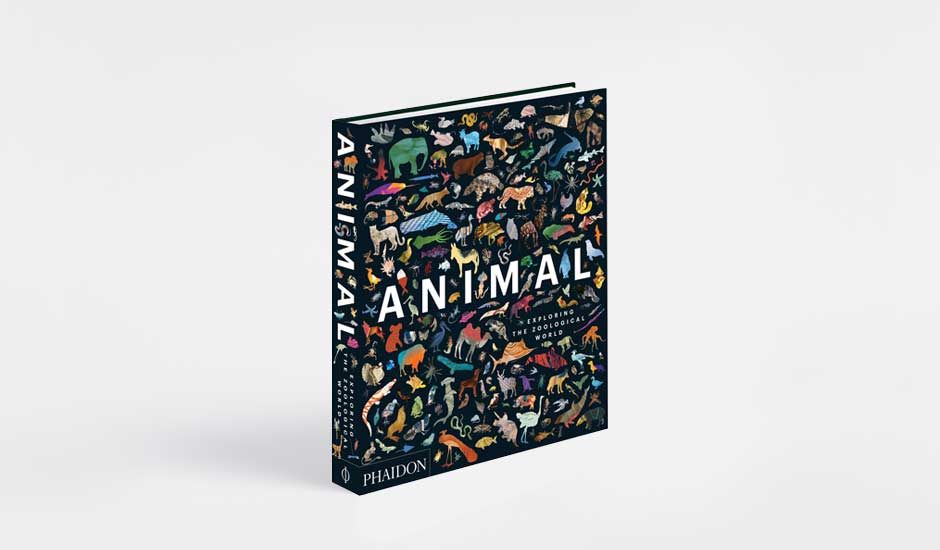
Astonishing Animals – The Sweat Bee
Responsible for 80 per cent of pollination in the world this creature's waning population is a big danger for us
You might not think today's astonishing animal is that astonishing - though our image above, like many in our new book Animal: Exploring the Zoological World here is pretty eye catching we think you'll agree. Dig a bit deeper however, and you'll find out that what this creature does is as amazing as our image.
You'd be forgiven for thinking the image is one enlarged photograph. In fact, it's the result of careful digital imaging in which many different micro shots of the bee are seamlessly merged together to provide absolute clear focus for all body parts.
In common with the other 300 plus images in Animal it's an example of how man has depicted animals throughout time, from the earliest cave paintings to the newest technologies.
On his mission to catalogue portraits of all 4,000 species of bee in the United States, Sam Droege, head of the US Geological Survey Native Bee Inventory and Monitoring Programme, drew upon macrophotography techniques primarily used by the US army to compile a comprehensive guide of biting insects that soldiers might encounter during military service.
Due to the global decline in bee populations as a result of pesticides and habitat loss, Droege’s bee archive will actually become ever more fundamental for the future of our planet. Responsible for 80 per cent of all pollination, the rapidly waning bee population poses a serious threat to global agriculture – and humankind’s ability to feed itself.
This remarkable view of the bee, shown in Animal, highlights why bees are known as the world’s most important pollinators: the sweat bee is almost completely covered in tiny grains of pollen that have clung to its hairs after brushing up against the anthers (the part that contains the pollen) on the stamens of a flower.
Droege’s bee image also makes a substantial contribution to over 300 years of insect representation in science – it continues the work pioneered by Robert Hooke’s Micrographia, the natural history bestseller of 1665 that was the first illustrated book to display the anatomical minutiae of insects through a microscope.

See more of the 300 plus ways we have documented the animals around us throughout time by ordering a copy of Animal: Exploring the Zoological World here. And check out our previous stories on Sir Edwin Landseer's Monarch of the Glenn, Underwater photographer Alexander Semenov's Lion's Mane Jellyfish, Cai Guo-Qing's Heritage, Jill Greenburg's Diana Monkey and The Steppe Bison.